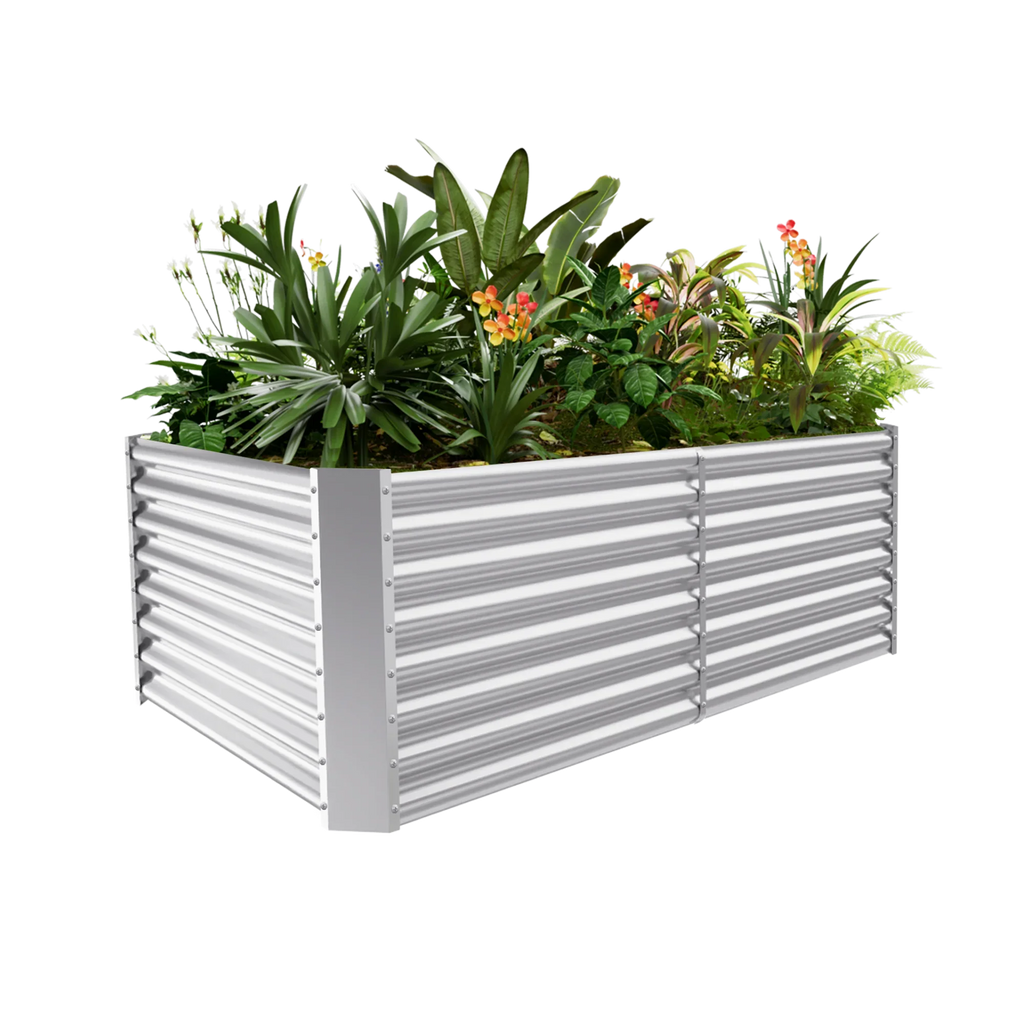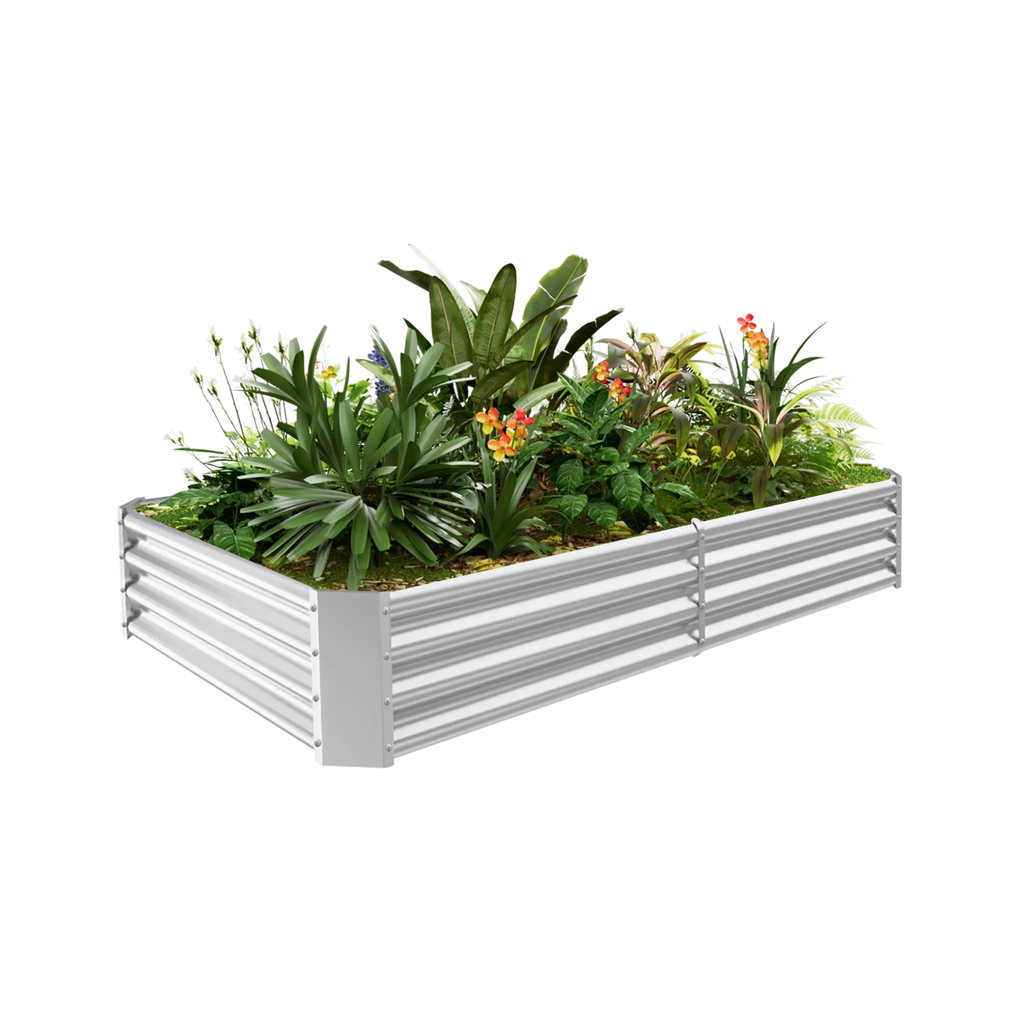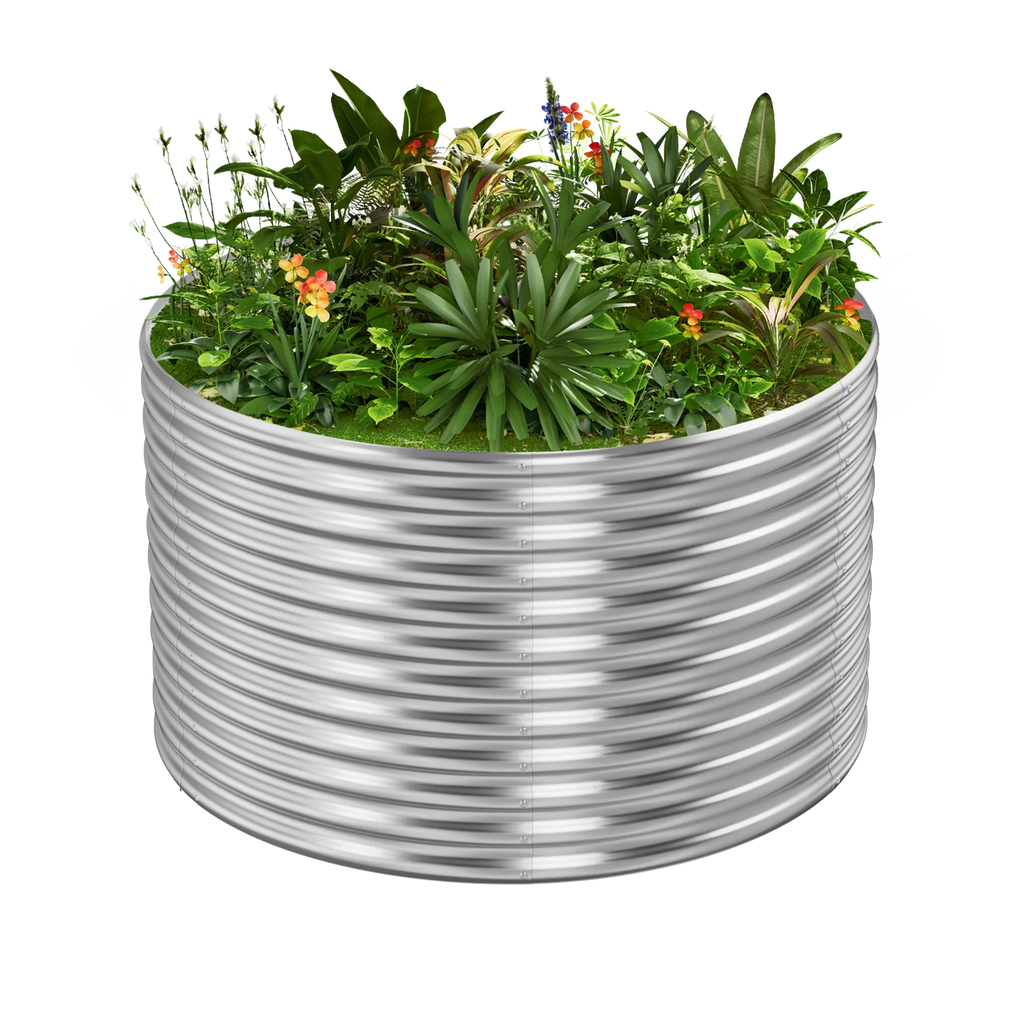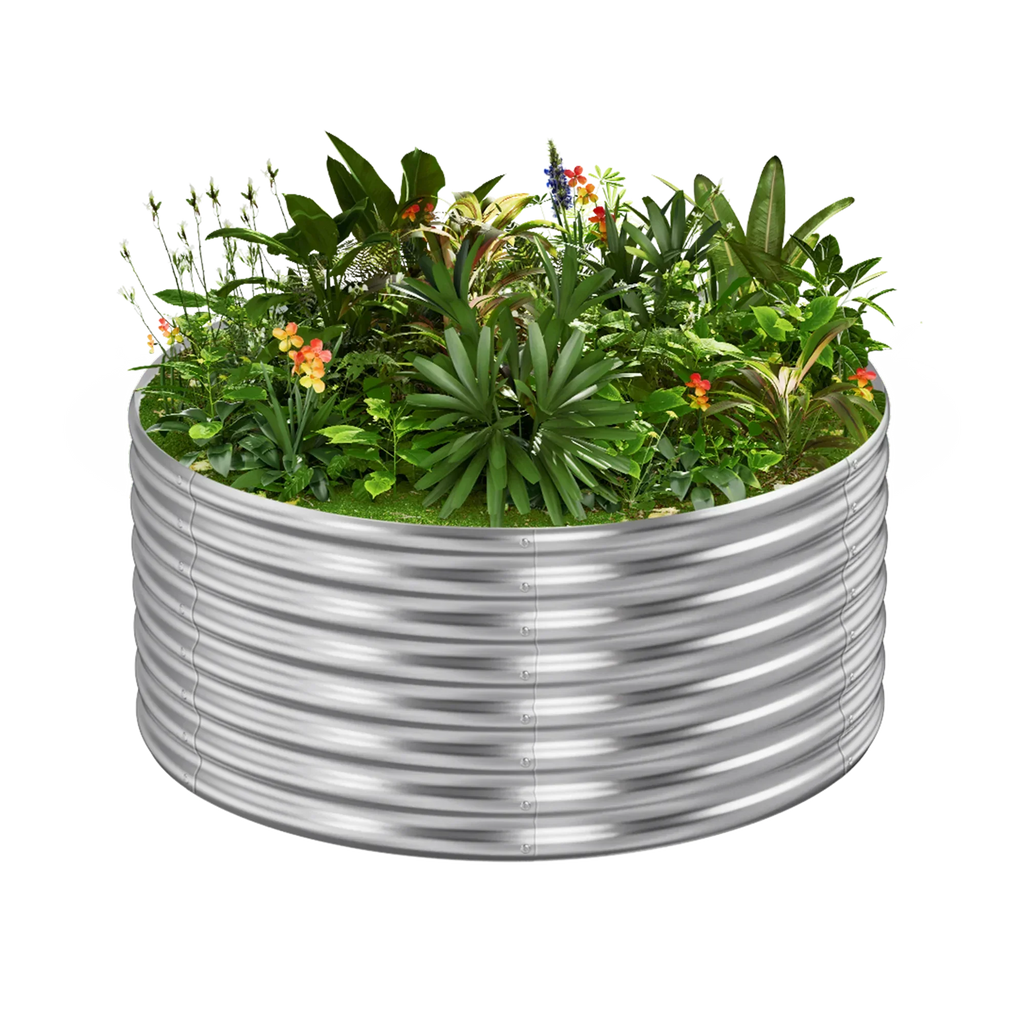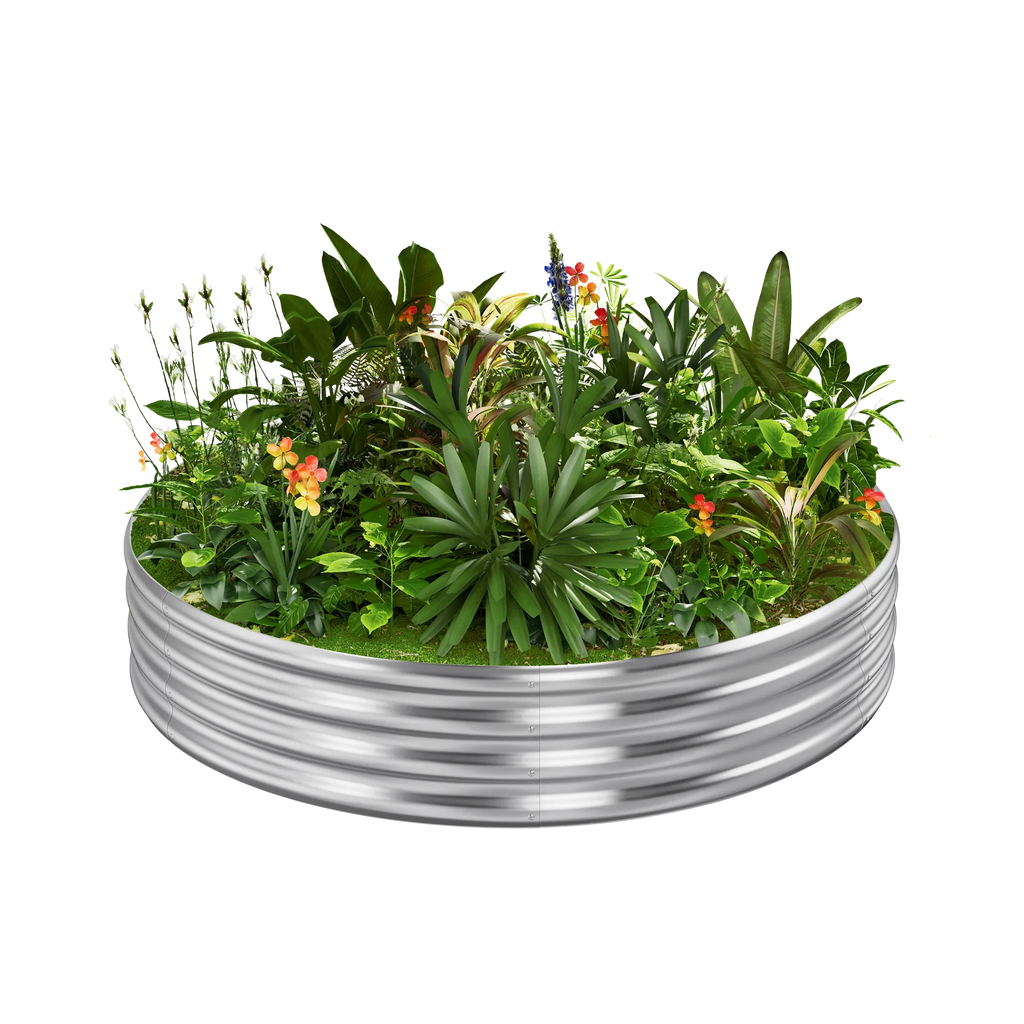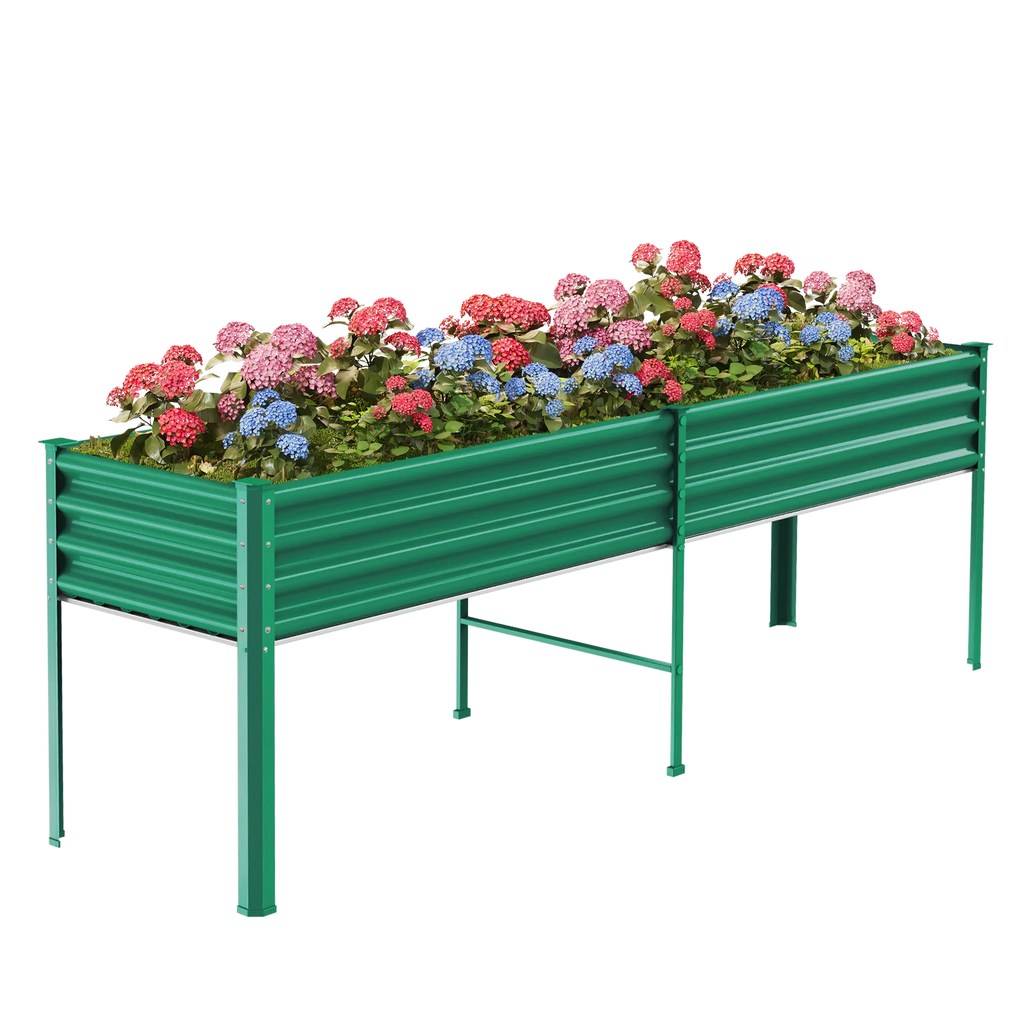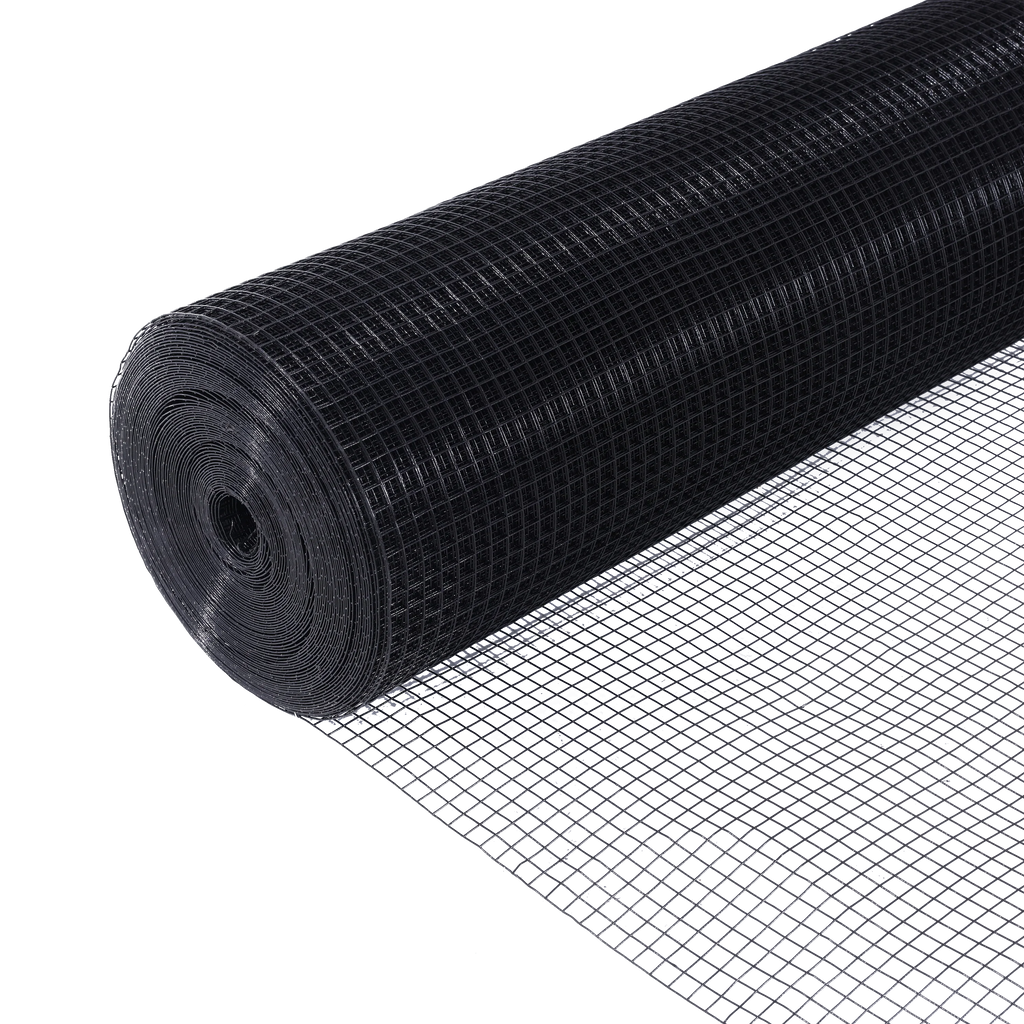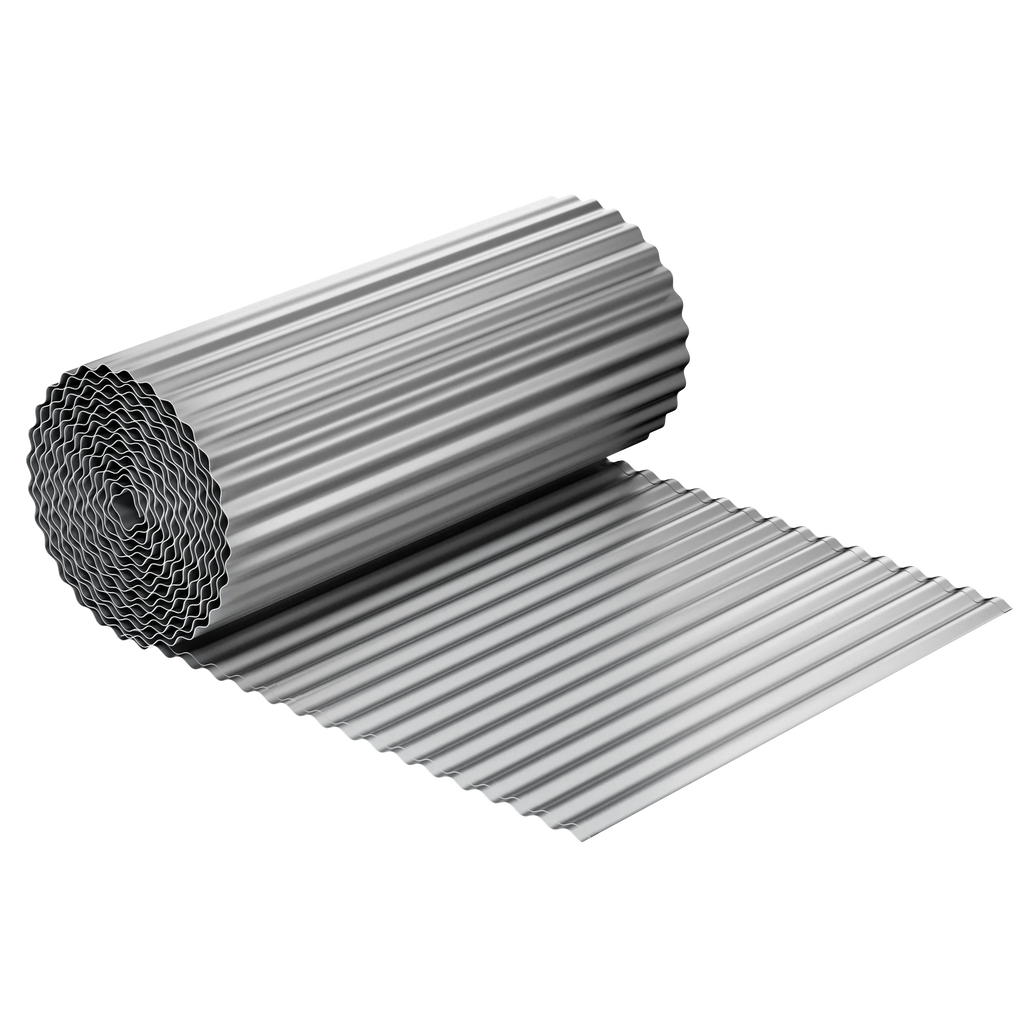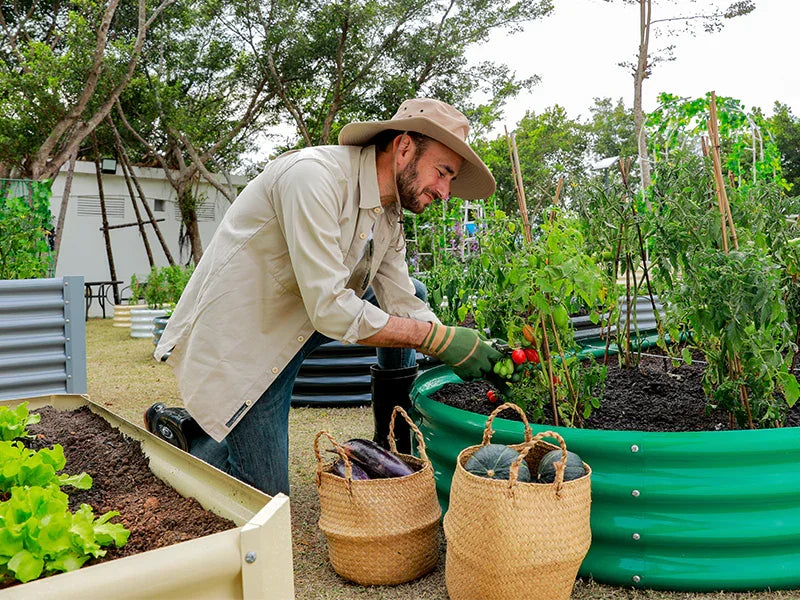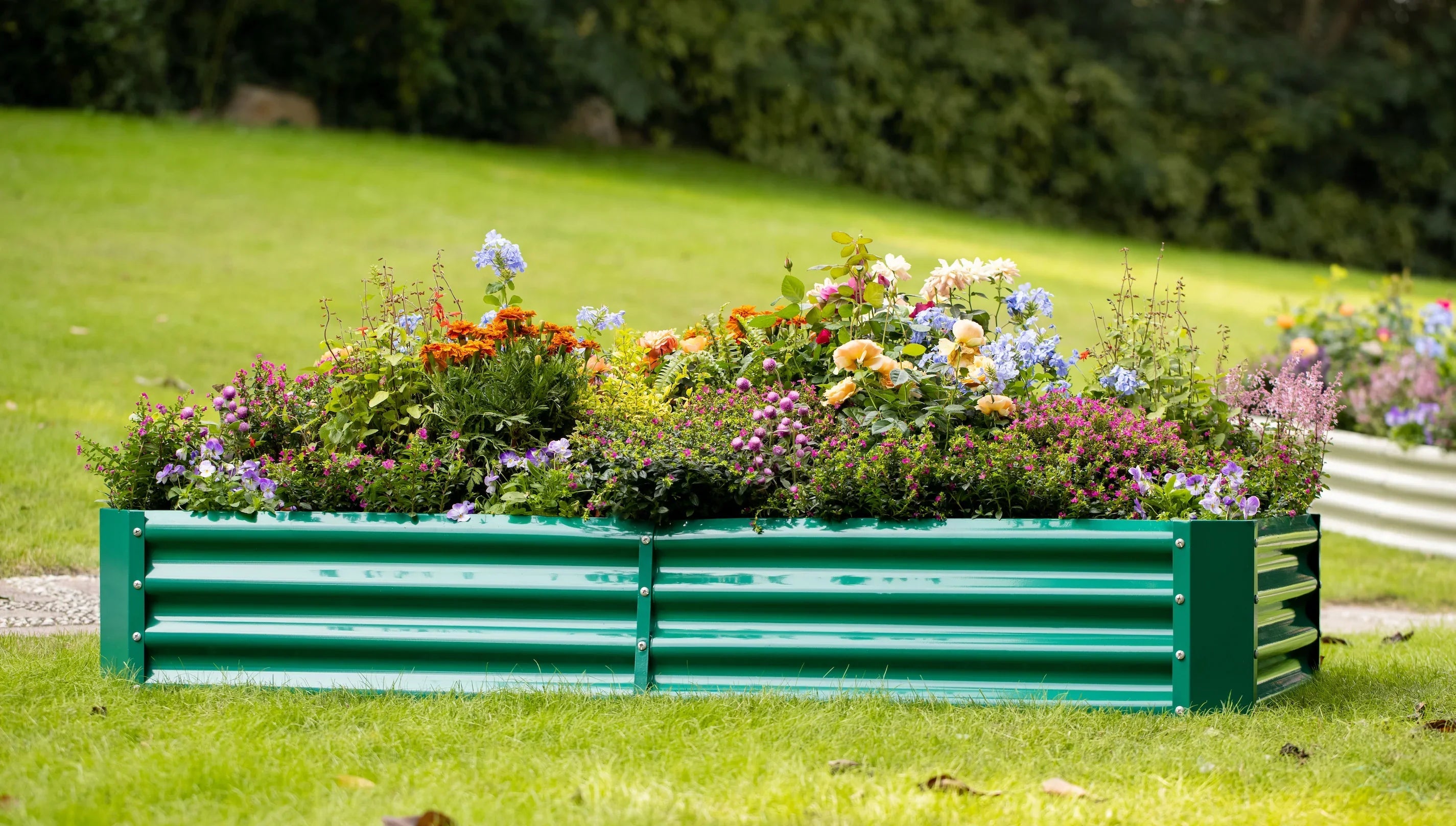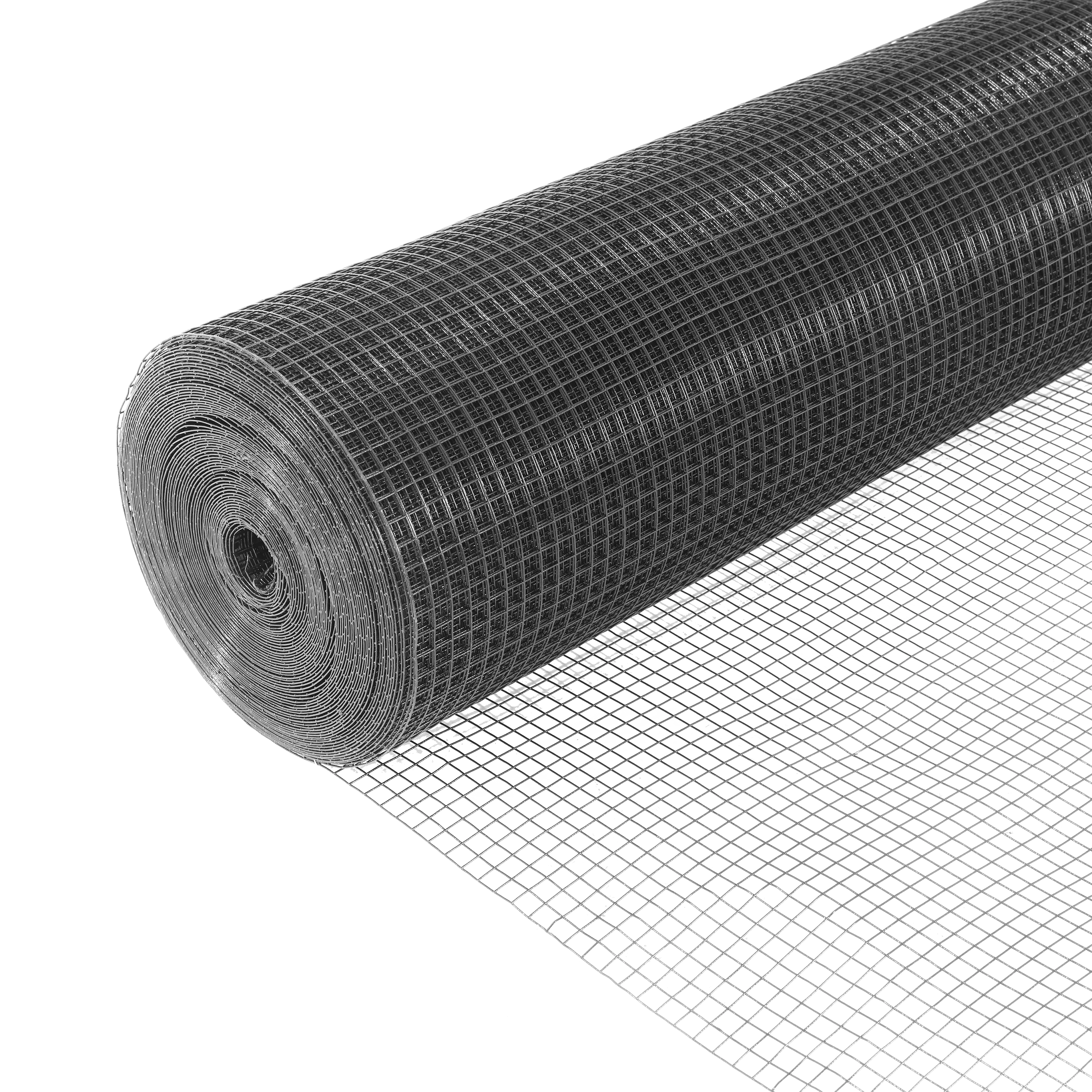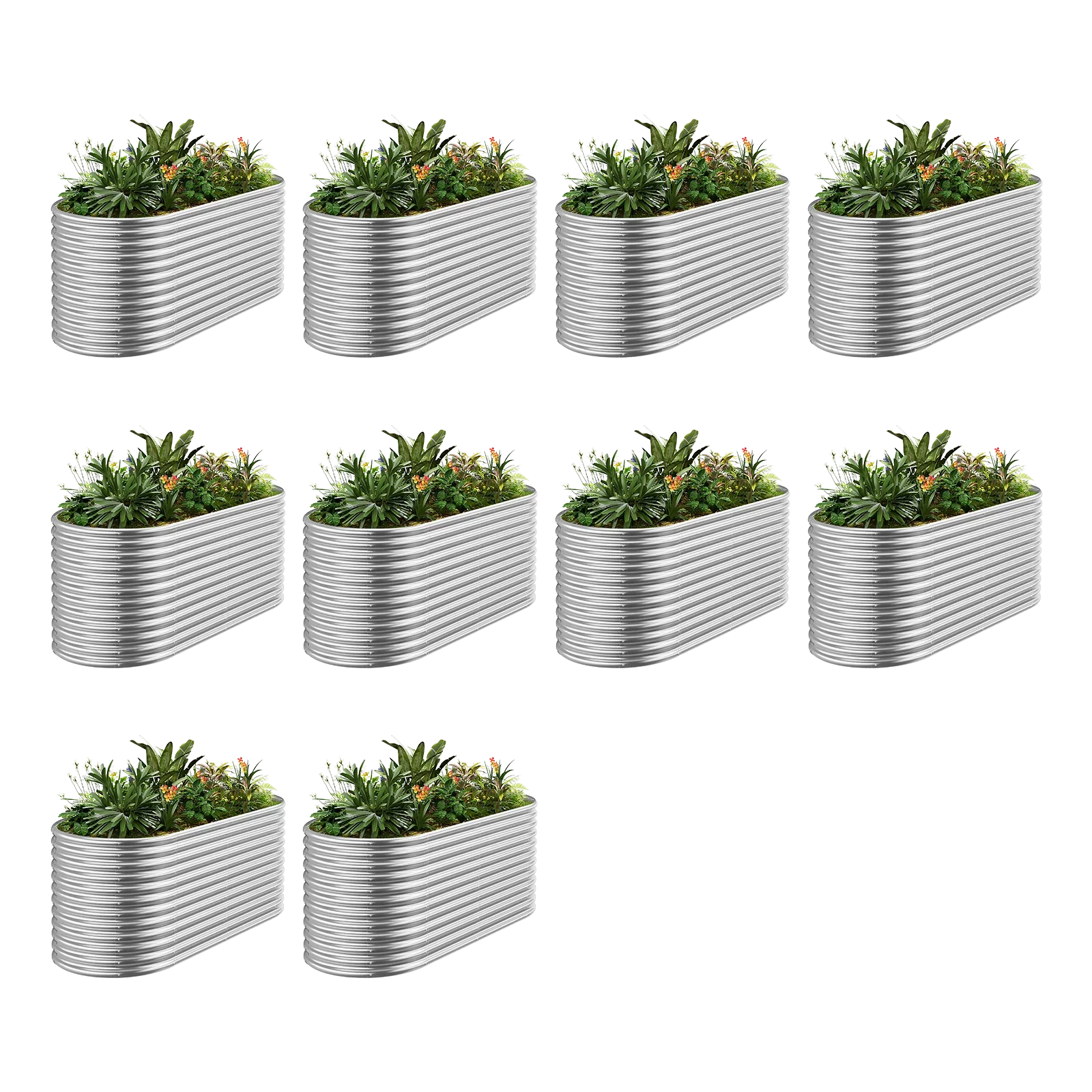Imagine stepping into your backyard any time of year and plucking fresh, vibrant produce straight from your own garden. This isn't just a gardener's dream; with a thoughtful vegetable garden bed planting plan, it's an achievable reality. Moving beyond haphazard planting can transform your garden into a continuous source of delicious, homegrown food, reducing grocery bills and boosting your connection to nature.
This comprehensive guide will walk you through the essential steps and principles to create a dynamic planting strategy, ensuring you enjoy a bountiful year-round harvest from your garden beds.
Why Plan Your Garden Bed? The Benefits are Bountiful!
A well-crafted planting plan is more than just a list of what to grow. It’s a blueprint for success, offering numerous advantages:
· Efficient Space Usage: Maximize every inch of your garden bed. Planning helps you determine optimal plant spacing and prevents overcrowding, leading to healthier, more productive plants.
· Continuous Harvests (Year-Round Harvests): The primary goal! By staggering plantings and choosing appropriate varieties for different seasons, you can ensure a steady supply of vegetables throughout the year, even in colder months.
· Pest and Disease Management: Strategic placement (companion planting) and movement of crops (crop rotation) can naturally deter pests and break disease cycles, leading to a healthier garden ecosystem.
· Soil Health Improvement: Crop rotation helps balance nutrient uptake and can improve soil structure over time, reducing the need for excessive amendments.
· Reduced Waste & Effort: Knowing what to plant and when means less wasted seeds, fewer struggling plants, and more focused gardening efforts.
Key Principles for Year-Round Planting Success
Achieving a continuous harvest relies on understanding and applying a few core gardening principles:
· Succession Planting: This is the cornerstone of year-round harvesting. Instead of planting all your lettuce seeds at once, sow small batches every 2-3 weeks. As one crop finishes, another is ready to take its place. This applies to fast-growing crops like radishes, spinach, and bush beans.
· Companion Planting: Grouping certain plants together can benefit each other. For example, marigolds can deter nematodes, while basil can improve the flavor of tomatoes. Strategic pairing can also help with pest control and pollination.
· Crop Rotation: Don't plant the same family of vegetables in the exact same spot year after year. Rotate crops (e.g., move leafy greens to where root vegetables were) to prevent nutrient depletion and interrupt pest and disease life cycles. A three- or four-year rotation is ideal.
· Understanding Your Climate & Microclimates: Know your USDA hardiness zone or local climate. Crucially, pay attention to microclimates within your own yard – sun traps, shady spots, and sheltered areas can extend or shorten your growing season for certain plants.
· Choosing the Right Varieties: Select vegetable varieties that are suitable for your specific climate and desired harvest window. Look for "early," "late," "cold-hardy," or "heat-tolerant" descriptions on seed packets.
Crafting Your Custom Planting Plan: A Step-by-Step Guide
Ready to get started? Here's how to develop your personalized garden bed planting plan:
Step 1: Assess Your Space and Sunlight
Walk around your garden at different times of the day to observe sunlight patterns. Note how many hours of direct sunlight each garden bed receives. Most vegetables need at least 6-8 hours. Also, measure your bed dimensions.
Step 2: Know Your Climate Zone and Frost Dates
Look up your local last average spring frost date and first average fall frost date. These are critical for determining when to plant tender warm-season crops and when to transition to cool-season plants.
Step 3: Decide What You Want to Grow (and Eat!)
Make a list of vegetables your family enjoys. Consider both warm-season favorites (tomatoes, peppers, cucumbers) and cool-season staples (lettuce, spinach, kale, carrots). Don't forget herbs!
Step 4: Map It Out – Sketch Your Garden Beds
Grab some graph paper or use an online garden planner. Draw your garden beds to scale. Start placing crops, considering:
· Sunlight requirements (taller plants shouldn't shade shorter ones).
· Mature size of plants.
· Companion planting pairs.
· Space for succession plantings.
· Rotation plans for future seasons.
Step 5: Stagger Planting Dates
Based on your frost dates and the "days to maturity" on seed packets, create a calendar. Plan successive plantings every few weeks for quick-harvest crops. For longer-season plants, plan initial and possibly later sowings.
Step 6: Consider Vertical Gardening & Containers
If space is limited, incorporate vertical elements (trellises for climbing beans, cucumbers) or containers. Containers allow you to move plants to optimize sunlight or protect them from extreme weather.

Seasonal Planting Guide: Examples for Year-Round Harvests
While specific timings vary by climate, here’s a general seasonal approach to a continuous year-round harvest:
· Spring (Post-Last Frost): Focus on cool-season crops that thrive in milder temperatures.
o Direct Sow: Lettuce, spinach, radishes, peas, carrots, beets, kale, Swiss chard.
o Transplant: Broccoli, cabbage, cauliflower, onions, early potatoes.
· Summer (Warm Temperatures): Time for sun-loving plants that produce heavily.
o Direct Sow: Bush beans, corn, cucumbers, squash, melons.
o Transplant: Tomatoes, peppers, eggplant, sweet potatoes.
o Succession: Continue planting bush beans, lettuce (heat-tolerant varieties), and spinach (if shaded).
· Autumn (Pre-First Frost): Plant a second round of cool-season crops for fall harvests.
o Direct Sow: Fall lettuce, spinach, radishes, arugula, mustard greens, kale, root vegetables (carrots, beets).
o Overwintering: Garlic, onions (for spring harvest), some hardy brassicas with protection.
· Winter (Cold Protection): With proper protection, you can still harvest.
o Harvest: Overwintered kale, collards, leeks, Brussels sprouts.
o Protection: Use cold frames, row covers, or even mini-greenhouses to extend the season for hardy greens like spinach, mache, and some lettuce varieties.
Maintaining Your Productive Garden Bed
A plan is only as good as its execution. Consistent care is crucial:
· Consistent Watering: Ensure plants get adequate water, especially during dry spells and peak growing times.
· Fertilization: Replenish soil nutrients as needed, based on your soil test results and plant requirements.
· Weed Control: Stay on top of weeds to prevent competition for nutrients and water.
· Regular Harvesting: The more you harvest, the more many plants will produce. Don't let vegetables get overripe on the plant.
Start Your Year-Round Harvest Journey!
Creating a vegetable garden bed planting plan might seem daunting at first, but it's an incredibly rewarding endeavor. It empowers you to grow more food, sustainably, and enjoy the freshest produce possible. Start small, learn from each season, and adapt your plan as you go. Your palate—and your garden—will thank you!










